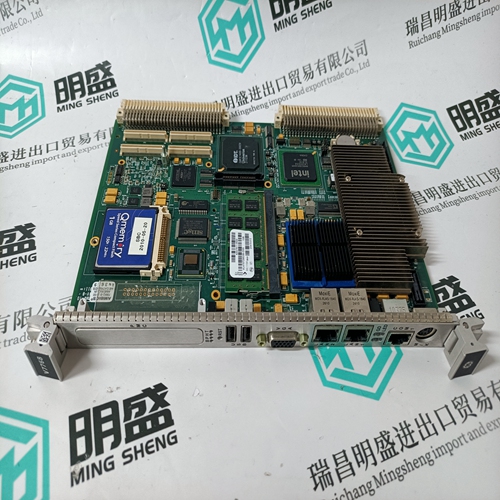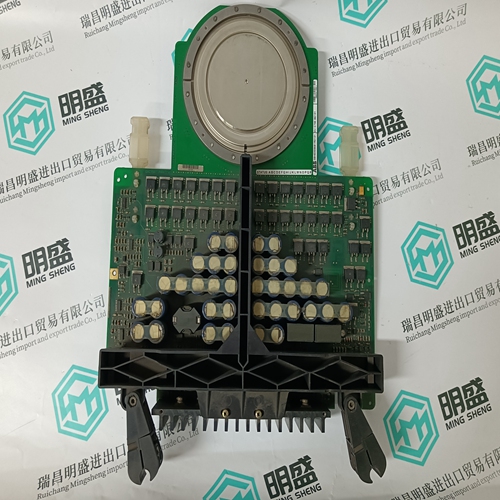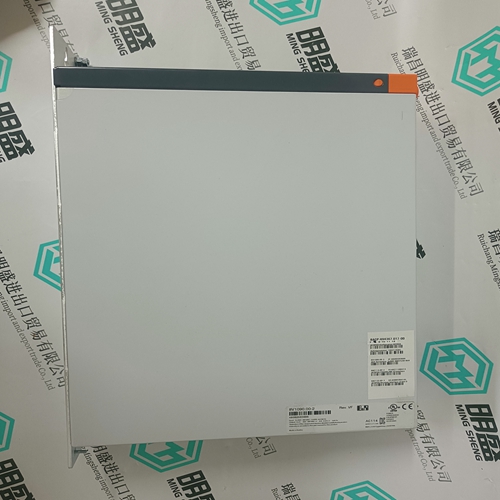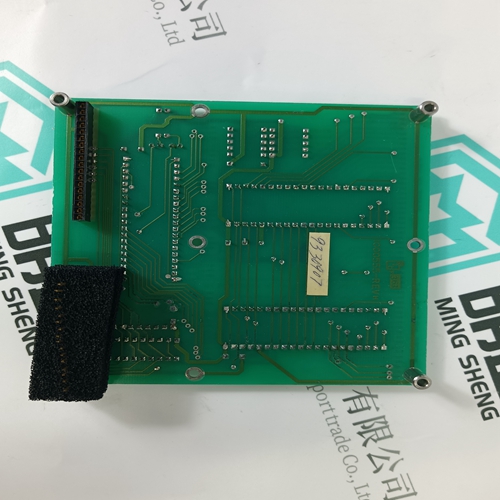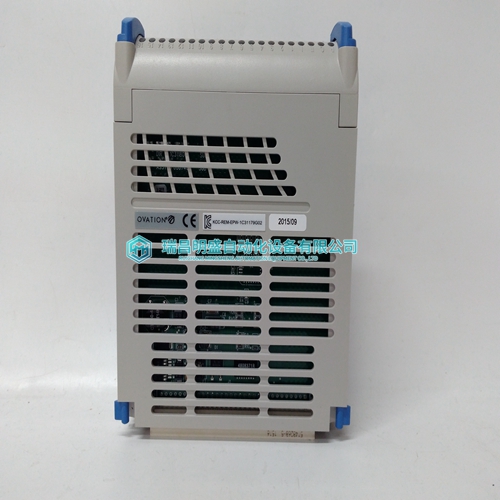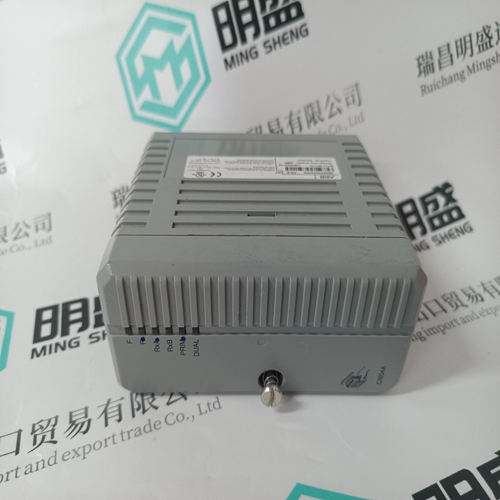Home > Product > Servo control system > AMAT 0120-93660 Automation Control Module
AMAT 0120-93660 Automation Control Module
- Goods status: new/used
- Delivery date: stock
- The quality assurance period: 365 days
- Phone/WhatsApp/WeChat:+86 15270269218
- Email:stodcdcs@gmail.com
- Tags:AMAT0120-93660Automation Control Module
- Get the latest price:Click to consult
Product Details Introduction
The functions of the automation control module can vary depending on the manufacturer and specific application. Generally speaking, these modules can have the following functions:
Input/Output (I/O) Control: Automation control modules typically have digital and analog input/output interfaces for connecting sensors, actuators, and other external devices. They can read sensor data and send control signals to actuators.
Communication interface: The automation control module may have communication interfaces, such as Ethernet, serial interface (such as RS-232 or RS-485), or fieldbus (such as Profibus or Modbus), for data exchange and communication with other devices.
Logic and control functions: These modules typically have logic functions such as condition judgment, counting, timing, and timer functions. They can execute various control algorithms, such as closed-loop control and PID control, to achieve automation and process control.
Programming and configuration: The automation control module may have programming and configuration functions, and can use specific programming languages or configuration software for customized settings and Logic programming.
Alarm and fault detection: These modules typically have fault detection and alarm functions, which can monitor equipment status and issue alarms or take predetermined measures in case of abnormal situations.
Product image
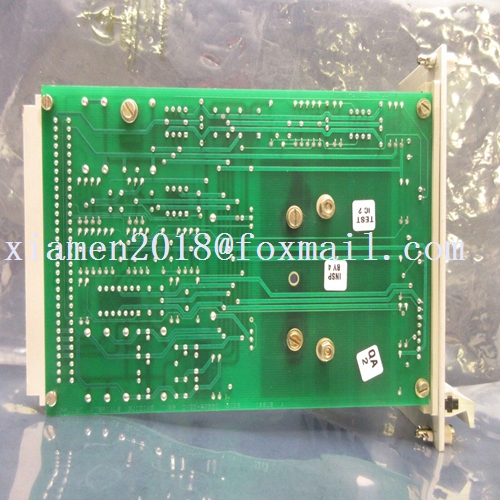
Related products:
AMAT 0100-01321 Digital Input Output Module
